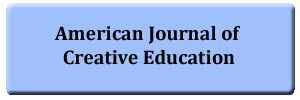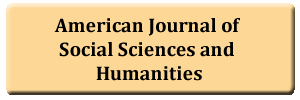Online teaching of radiation protection to health professionals: Lessons learned
DOI:
https://doi.org/10.55284/ajel.v9i1.1045Keywords:
E-learning, Medical students, Postgraduate education, Radiology education, Radioprotection, Undergraduate education, Virtual lectures.Abstract
The study examines the online teaching of radiation protection to health professionals. Training in Radiological Protection is considered a basic requirement for radiology professionals and students in Health Sciences. Over the past 22 years, various educational materials, including videos and teaching resources, have been produced following the Guidelines on education and training in radiological protection for medical exposures of the European Commission. These materials have been utilized in various online learning modalities. The objective of this work is to assess the impact of this study on student training. To achieve this, different data collection processes have been carried out, according to the period, and have been analyzed. The results of this training have been analyzed through diverse methods, demonstrating adequate acquisition of basic theoretical contents and a positive acceptance of this methodology by the 6,518 students examined. However, the need to create original specialized materials and resources, the increase in the teacher's workload, and the lack of institutional recognition of the teacher's effort limit its development. On the other hand, it can also be concluded that the acquisition of practical skills by the student is a weakness of the online learning system that requires the incorporation of the teacher in a face-to-face or traditional manner in the delivery of these specialized practical contents. This study allows for a better utilization of the available tools in the training of students in this subject.



